
Typecasting is when an actor keeps receiving the same types of roles. Usually this has a negative connotation, as most actors don’t want to be associated with only one type of character. Of course, there are some actors who love to play “the bad guy” or “the quirky girl”, and audiences love to see them in those roles.
But then, there are some instances where some of the most famous and celebrated actors have played characters with oddly specific similarities; yet they do it so well, or so differently each time, that most audiences wouldn’t even notice when this specific kind of typecasting happens.
This list contains spoilers.
1. Bruce Willis keeps starring in movies about meeting his younger self
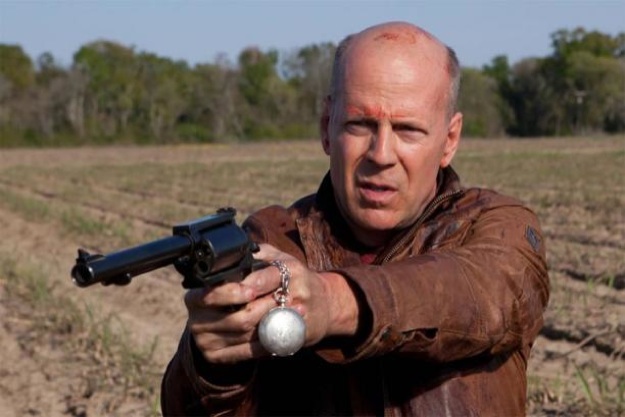
You can make a case about Bruce Willis frequently being typecast as an everyman action hero; a John McClane type, if you will. But what about those 3 times when he starred in movies where he met his younger self?
First, in 12 Monkeys (1995) he played a time traveler who, unbeknownst to himself, had witnessed his own death when he was a young boy. It’s a sci-fi masterpiece with a dark twist directed by Terry Gilliam. Then in 2000, he starred in Disney’s The Kid, a family fantasy film where he meets his younger self and they end up learning quite a lot from each other. It’s a sweet film that features no traces of the bleak apocalyptic themes from 12 Monkeys.
Then in 2012’s Looper, he returned to bleak themes; only this time he’s not meeting himself as a child, but as a young adult played by Joseph Gordon Levitt. Also this time, he’s not exactly a tragic hero, but the film’s main antagonist. It was a very well received sci-fi thriller, and a fresh enough take on “Bruce Willis meeting his younger self”.
2. Juliette Lewis becomes dangerously involved with psychopaths
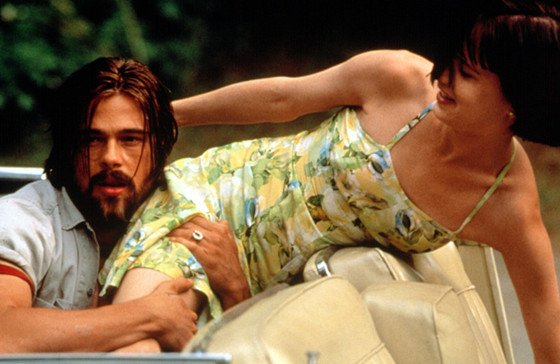
Juliette Lewis has played characters who become dangerously involved with psychopaths so well, that it doesn’t seem like she’s only done it in four films.
First in Cape Fear (1991), she played the daughter of a family that’s been targeted by a demented ex-convict (played by Robert De Niro) who was recently released from jail. A couple of years later in 1993, she played a psychopath’s girlfriend in Kalifornia. This time her character wasn’t targeted by the psychopath; she actually seemed to believe that he was a good man deep down, until he proves her wrong.
She then played the girlfriend of a serial killer once more as Mallory Knox in Natural Born Killers (1994). This time, however, it was also her turn to play a psychopath herself. Then in 1996, she starred in From Dusk Till Dawn, bringing her back full circle as an innocent victim standing in the way of a psycho’s path of destruction once again.
3. Christian Bale plays a socially dysfunctional millionaire
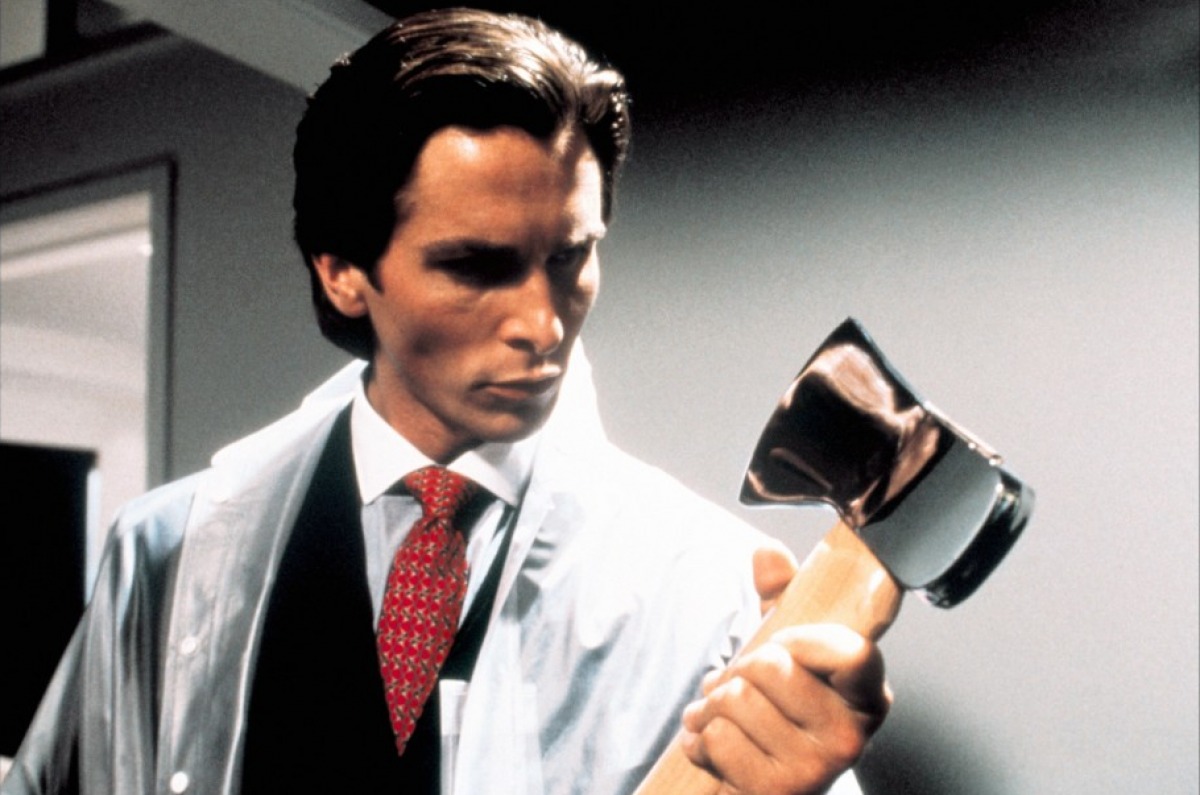
There’s something for everyone to love in Christian Bale’s filmography: big budget action blockbusters, thrillers, horror, indie flicks, drama… you name it. But even though his films are varied, some of his biggest roles are fairly similar; like the many occasions in which he played a socially dysfunctional millionaire.
He first played one in American Psycho (2000). His character, Patrick Bateman, is a wealthy investment banker whose narcissistic desire to stand out from his monotone peers drives him to become a murderous psychopath. While the movie leaves it up to the audience to decide if his killing spree was real or not, it’s very clear that Patrick doesn’t function well within the social expectations of his colleagues.
Then in Christopher Nolan’s The Dark Knight Trilogy (Batman Begins, The Dark Knight, The Dark Knight Rises), Bale plays a very conflicted Bruce Wayne who struggles between having a normal life, keeping up social appearances as a millionaire playboy, and secretly being Batman.
After playing the villain in American Psycho and the hero in the Dark Knight Trilogy; Christian Bale played Michael Burry in Adam McKay’s The Big Short in 2015, who was not really a hero or a villain, but a real-life hedge fund manager whose social interactions in the film are weird at best.
These 3 roles form their own sort of trilogy, one that shows a full spectrum of being a socially dysfunctional millionaire from an evil psychopath (Patrick Bateman), to a real-life human being (Michael Burry), to a masked superhero (Bruce Wayne).
4. An object found related to a young woman’s mysterious death triggers Naomi Watts’ search for answers
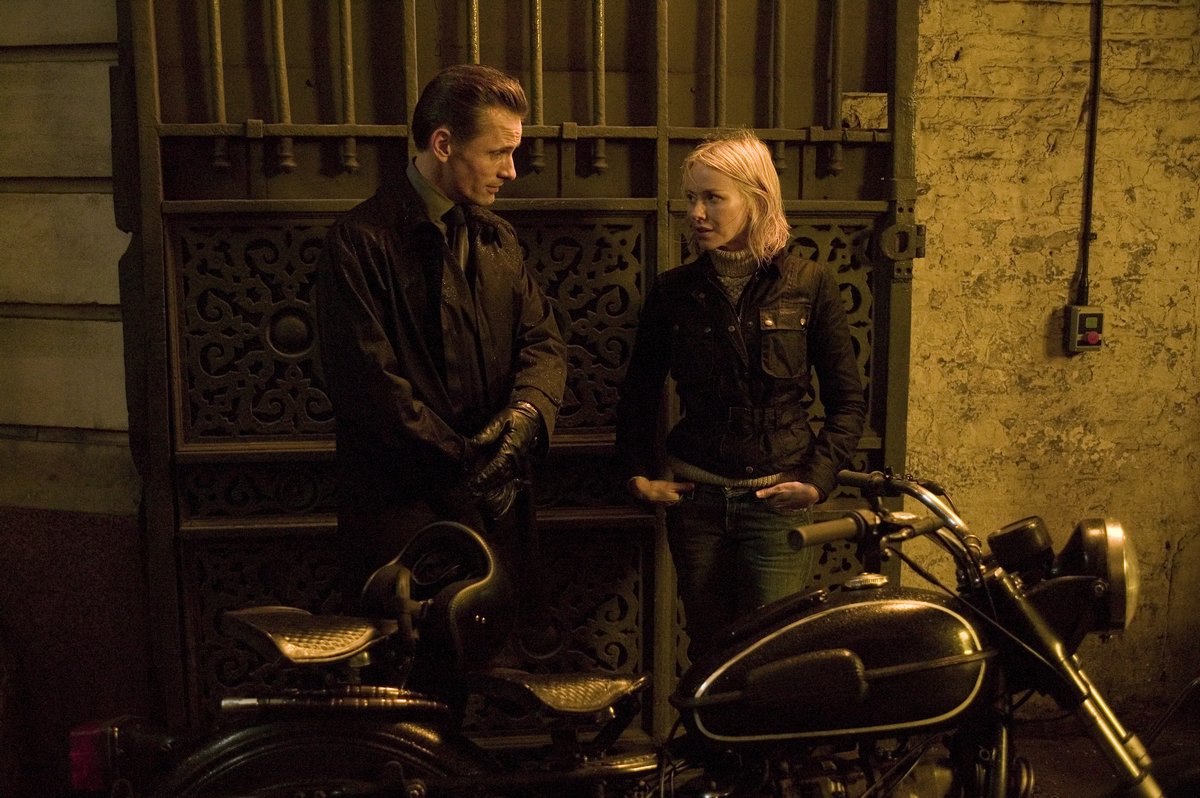
Naomi Watts has played a wide variety of characters; even the ones featured on this list are actually quite different from each other. The one thing they have in common is that they find a mysterious object linked to a young female’s death, which triggers her characters’ search for answers.
In Mulholland Drive (2001), her character finds a mysterious blue key which leads to a bizarre and cryptic story about death, love and dreams in Hollywood; the death in question is of a young woman, whose identity is left open for interpretation.
In The Ring (2002), Naomi Watts played a journalist who finds a cursed tape that kills everyone who watches it. This tape is apparently linked to the murder of a young child, which prompts the journalist to set out on a quest for answers. The Ring is a much more straightforward story than Mulholland Drive, but they still share that oddly specific call to action.
The last Naomi Watts film to repeat this trope is Eastern Promises (2007). A midwife (played by Watts) finds the diary of a 14-year old girl who died in childbirth. The diary is written in Russian, and her quest to decipher it triggers the plot of this underrated gangster film directed by David Cronenberg.
5. Jake Gyllenhaal travels back in time to save his love interest from dying
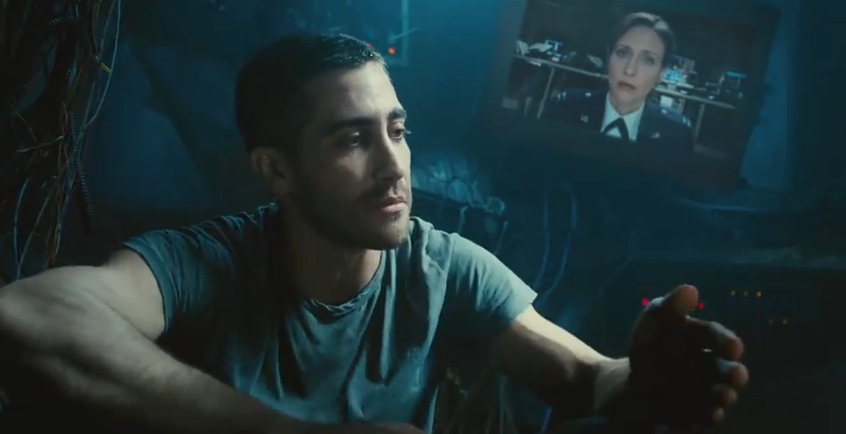
Jake Gyllenhaal is another versatile and acclaimed actor who’s been in all kinds of films, but one action he keeps revisiting is travelling back in time to save his love interest from certain death.
The complete plot from Donnie Darko (2001) is too complicated to explain in just a few sentences. Basically, it’s the story of a slacker teenager who realizes a time loop has been opened, and it will bring about the end of the world if he doesn’t close it himself. In order for him to be motivated into closing it (see the slacker teenager part), he’s made aware of the fact that his girlfriend will die unless he travels back to the beginning of the loop and lets himself die.
In contrast to the small indie film that was Donnie Darko, Gyllenhaal next played Dastan in the big budget video game film Prince of Persia: Sands of Time in 2010. Near the end of the film, Dastan’s love interest dies so that Dastan can save the world; so he travels back in time to save both her life and the world. It may not have been as critically acclaimed as Donnie Darko, but it managed to return to familiar territory in the ending without seeming like a rethread.
Jake Gyllenhaal then played Captain Colter Stevens in 2011’s Source Code. The Source Code project in the film is an experiment that is able to take somebody’s consciousness and implant it inside the mind of the deceased victim of a terrorist attack for the last 8 minutes of the victim’s life.
Captain Colter Stevens’ mission is to find out how the terrorist attack was carried, in order to prevent more from happening. While on the mission, Colter meets a woman who soon becomes his love interest. So he keeps travelling back in time to stop the terrorist attack from happening altogether, and save her life in the process.